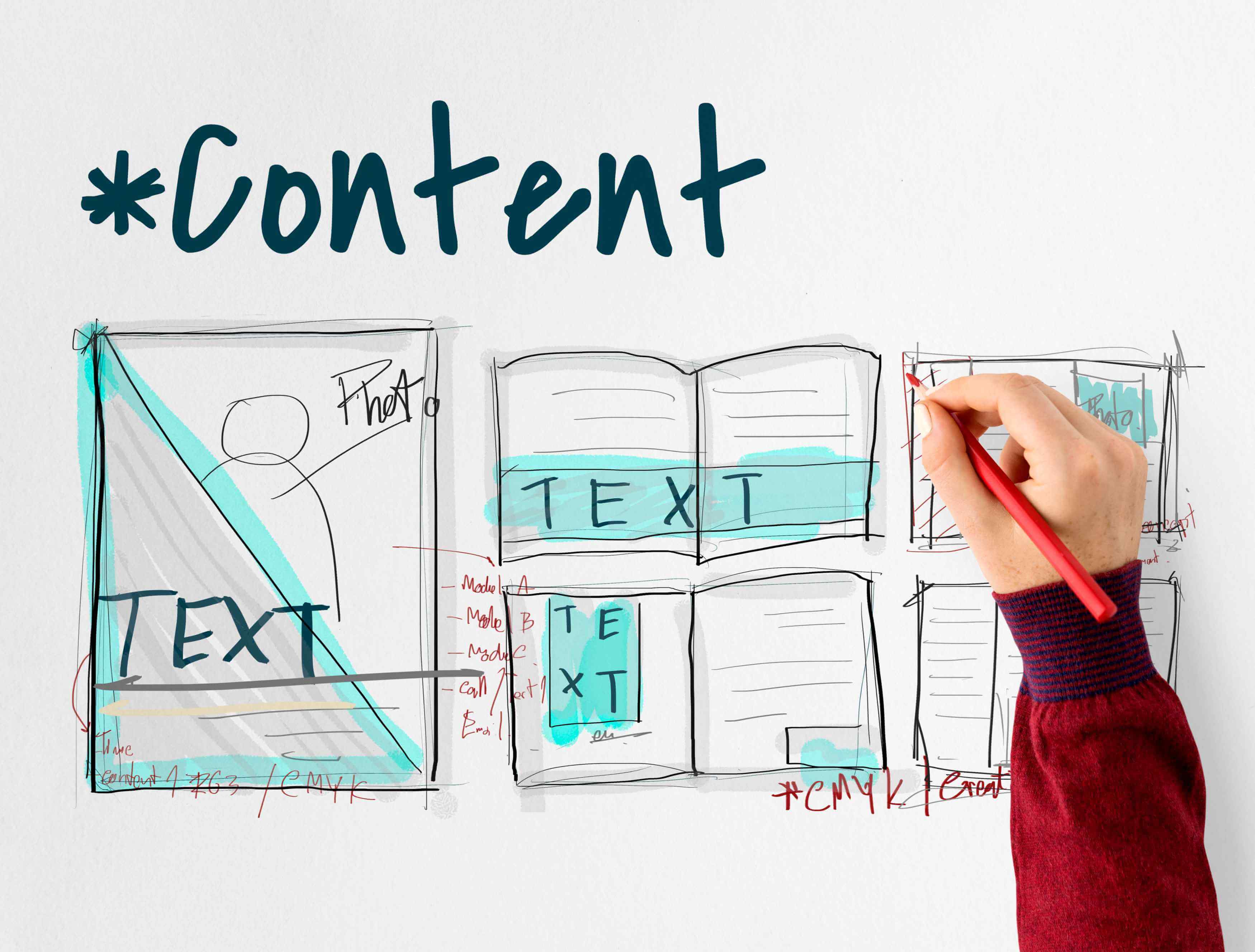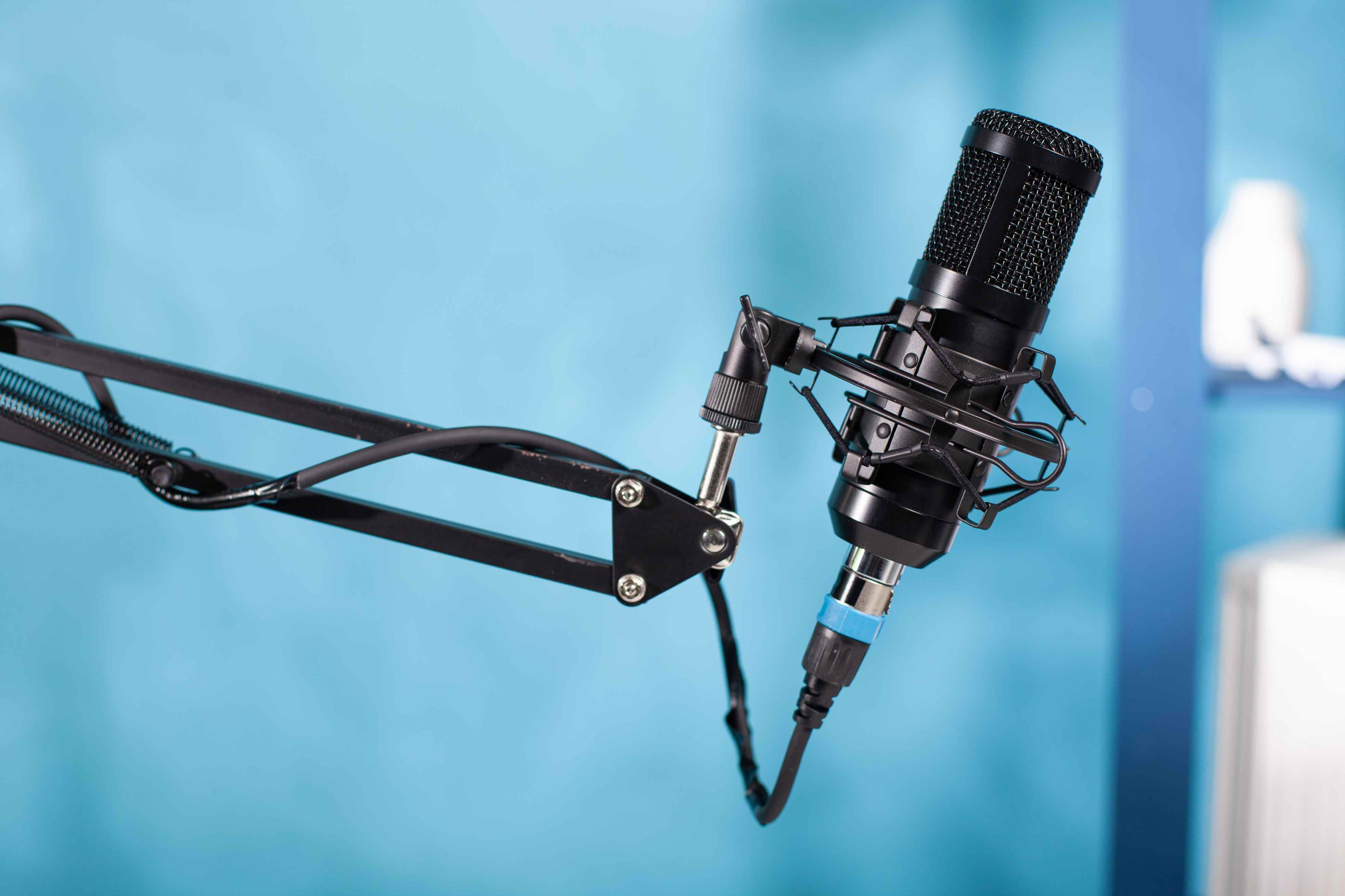AI is evolving faster than never before, bringing about a transformative change in every field.
But there’s more to come in 2025. Here are some of the most promising AI applications expected to blow up this year.
Healthcare
Next-gen AI technologies will disrupt the healthcare ecosystem. From accelerating medical diagnosis to delivering tailored treatment plans, AI is all set to revolutionize patient care 2025.
Faster and More Accurate Diagnosis with AI
A major application of AI in healthcare consists of intelligent algorithms that analyze medical scans and identify abnormalities.
For example, an AI system can look over an MRI scan for brain tumors significantly faster than human radiologists, and more accurately. Research demonstrated AI can detect illnesses such as cancer, fractures, and liver lesions respectively 3-15 times faster than human physicians by processing medical imaging data.
By 2025 AI diagnosis will be routinely used to scan for trends in X-rays, MRIs, CTs, and ultrasounds. The rapid turnaround time will enable treatment to be started as soon as possible.
Additionally, the accuracy with which AI algorithms can identify abnormal patterns that indicate a disease will ensure diseases get caught early, when intervention is most effective.
AI-Powered Precision Medicine
Precision medicine is a huge potential use of AI in health care - an evolving strategy in disease treatment and prevention that takes into account individual variability in genes, environment and lifestyle.
AI can assess a patient’s genetic makeup and clinical data to design personalized treatment strategies.
For instance, AI might provide insights into why an individual cancer patient with a specific genetic profile is suited for a particular targeted therapy drug. Replacing the old one-size-fits-all treatment method, this AI-assessment-based personalized treatment ensures better clinical outcome.
Precision medicine powered by artificial intelligence will become the norm in healthcare by 2025.
AI Predictive Analytics for Early Detection of Outbreaks
By 2025, AI predictive analytics will be a critical resource for detecting disease outbreaks before they become widespread. AI systems can track health trends in people and monitor public health data patterns and can predict outbreaks of diseases such as flu, Zika, Ebola etc. even before they get out and become epidemics
Then authorities can quickly take preventive action: receive vaccines, isolate patients, expand hospitals, alert the public and so forth. The proactive response -made possible using AI predictive technology - will be critical in saving many lives from potential epidemics in the future.
Transportation
Transportation is another industry poised for significant change from AI. AI will see a lot of innovations here, from autonomous vehicles for passenger transport to logistics optimization.
Self-Driving Cars Becoming Mainstream
One of the most transformative applications for AI right now is creating self-driving cars or autonomous vehicles. Thus, by 2025, such driverless cars are expected to be ubiquitous throughout cities.
AI enables these cars to perceive and adapt to their surroundings in real-time, without human involvement. Algorithms enable self-driving cars to identify obstacles, read traffic signals, navigate routes, avoid collisions, and park.
This allows autonomous vehicles to provide enormous advantages such as decreasing the potential of an accident and helping transport the elderly/disabled.
Though major automakers such as Tesla, BMW and Toyota are racing to have fully autonomous cars in the mass market by 2025. With the improvement of self-driving car technology and the evolution of regulatory frameworks, autonomous taxis and personal vehicles driven by AI systems can reshape urban transportation.
AI to Optimize Traffic Flow and Reduce Congestion
Smart traffic management systems will be driven by AI too. All of this comes with crippling traffic jams and congestion in cities. AI provides a remedy via real-time traffic optimization.
Here’s peak performance AI - by gathering real-time incoming data through dashboards and billions of streams from sources such as traffic cameras, speed sensors, public transportation schedules and social media, an AI can build a big picture of traffic systems.
This will then allow the AI to modify traffic lights, change speed limits, redirect cars, etc. to ease congestion and optimize traffic flow.
The integration of AI with traffic management will help speed things up and ease the hassle of commuting for millions of people in cities, thus saving time by 2025. Less congestion means less fuel and carbon burnt unnecessarily.
AI to Enable Efficient Supply Chain Logistics
Automation technologies such as autonomous trucks, delivery robots and warehouse robots will help AI dramatically increase supply chain efficiency.
Robotic process automation powered by AI allows these technologies to take over of human roles involved in transporting and sorting products; hence, the delivery process become speedy, cost-effective and error-free.
A good example can be seen in the case of an AI powered autonomous truck, which can deliver goods seamlessly for long distances without requiring the rest or sleep of a driver.
Likewise, AI-enabled warehouse bots can operate 24/7 hauling and categorizing packages at a blisteringly fast pace and precision. We can anticipate on-time delivery rates to be hugely improved by 2025 with direct automation like this.
Finance
By as early as 2025, AI innovations have the potential to reshape the finance industry in a variety of ways - from preventing fraud to optimizing trading strategies.
AI Prevents Fraud in Real-Time
Real-time fraud detection AI will solve the problem as billions of dollars are lost every year by Banks in frauds in different forms such as identity theft, unauthorized transactions and phishing attacks.
Sophisticated AI algorithms can also scour customer data and activity across millions of accounts in seconds to detect fraudulent transactions.
The AI can also instantly block a transaction and notify the customer if it finds anomalies indicating fraud - for instance, a withdrawal from overseas that seems sudden. This is within the time frame of 10-20 milliseconds in response time to a fraud threat; this will dramatically reduce fraud losses.
AI Automates High-Speed Stock Trading
By 2025, a huge segment of finance will be dominated by algorithmic trading with AI responsible for all investment decisions. In this case, AI systems are developed to track real-time financial data and perform trades automatically as soon as they deduce the most favorable buy/sell timing.
AI can also take advantage of short-term market inefficiencies and volatility within markets, operating at the microsecond level. The AI doing this algorithmic trading does it faster than human traders and with better processing of massive amounts of data.
Large hedge funds and banks will deploy intelligent algorithms that will execute most of the global trades by 2025.
AI Chatbots to Handle Customer Inquiries 24/7
Utilizing AI for chat-bots or virtual assistants is another popular use case that financial institutions leverage to enhance customer experience.
Published in October 2023, an AI chatbot is able to comprehend natural language, respond in voice/text and autonomously resolve consumer problems such as account transfers, personal loans and insurance acquisitions.
Customers can access our services 24/7 without call centre delays.
Based on customer profiles, the conversational AI also suggests appropriate products. AI chatbots will manage ~85% of routine customer interactions by 2025, improving satisfaction.
Manufacturing
AI-enabled automation is expected to revolutionize manufacturing by introducing smart factories, assistive robots and predictive maintenance, among other innovations. Such applications promise to revamp production and keep costs low by a wide margin.
AI to Sync Smart Factories
AI turns factories into smart factories will, in fact, shake up manufacturing operations.
For example, in a smart factory, AI systems can monitor machine performance, inventory, supply chain, staffing and more all at once in the entire factory.
AI can identify the bottlenecks - say a faulty piece of equipment - and immediately adjust operations to prevent any shutdowns from occurring. It can also monitor product demand to improve production schedules. This kind of AI will orchestrate networks of interrelated machines and processes to drive the productivity and reduce the costs of smart factories by 2025.
Collaborative Robots to Stand Side by Side with Humans
Together, humans and robots is another application of AI manufacturing that will be scaled up in 2025. Referred to as collaborative robots or cobots, these robots are trained with AI to ensure safety while working closely with humans.
Cobots can SUPPORT repetitive TASKS like assembling parts, welding, packaging etc. With AI-enabled real-time motion control and object recognition, they can collaborate with people in a precise and secure manner. The future lies in using cobots to increase manufacturing productivity.
Reducing Downtime through Predictive Maintenance
One of the biggest challenges manufacturers face is unexpected breakdowns of machinery. However, AI has a predictive maintenance solution.
This AI system can predict issues such as part wear/tear long before failure by using machine learning algorithms on data from machines and sensors.
The plant technicians can then service the equipment during scheduled downtime. This helps avoid sudden downtime due to costly production breaks. AI predictive technology helps manufacturers lower maintenance expenses, extend the equipment life cycle and maintain continuous operations.
Retail and E-Commerce
But get ready for AI applications to revolutionize shopping experiences with personalized product recommendations, virtual assistants and optimized inventory.
AI Recommendation Engines
Amazon and other online retails uses AI algorithms to analyze your browsing history, purchase commands, reviews and other actions to tailor products you may be interested. Thus, the AI system offers these personalized product recommendations to promote more sales.
By 2025, we should start seeing even the most modest e-commerce operators deploy AI shopping assistants that will assess preferences and recommend purchases tailored to individual shoppers.
AI will also assist brick-and-mortar stores in recommending items in line with shoppers habits.
AI Chatbots for Interactive Shopping Experience
Sp even across industries including retail, AI chatbots are filling customer support roles. Conversational AI-controlled smart virtual assistants can give shopping assistance by handling product questions, recommendations and assisting purchases.
For example, a bot on an apparel site might recommend shirts, given a certain color and style preference.
Due to voice-recognition, customers are able to have hands-free conversations with these AI chatbots while shopping or have an in-store experience.
We can expect most retailers will have some kind of AI assistants in place by 2025 who can provide fast, personalized support, thus, enriching customer experience.
Hope this helps















